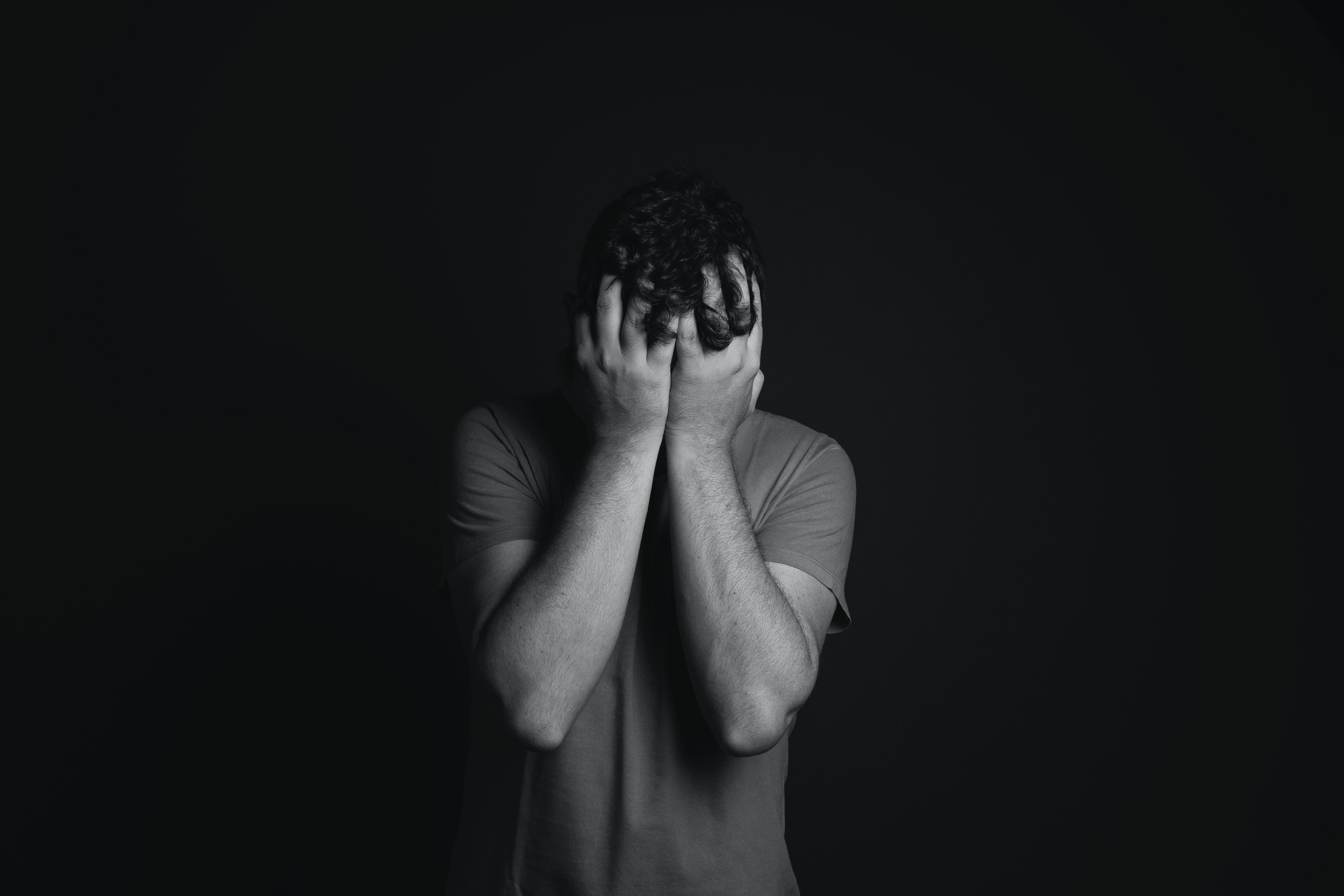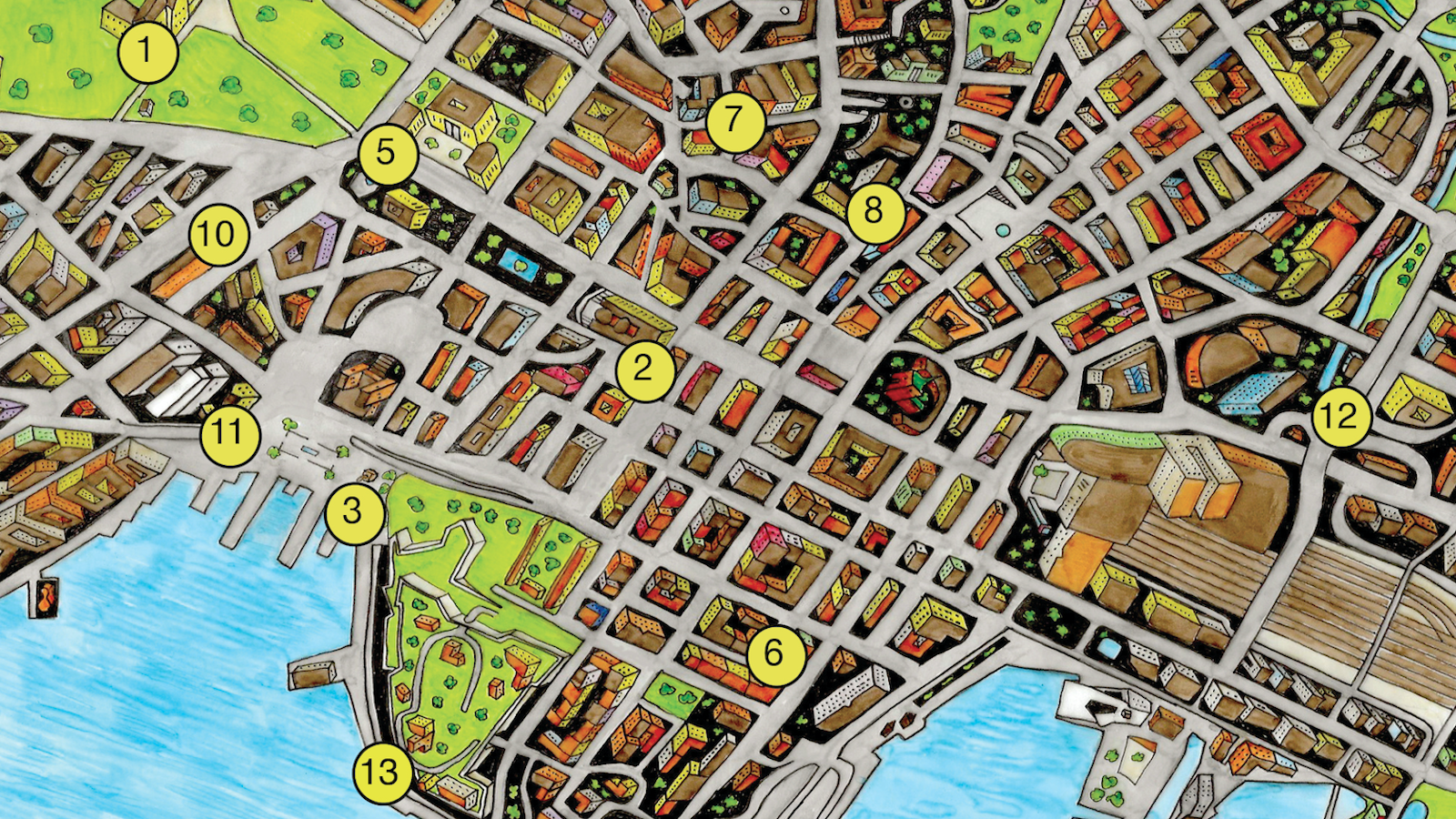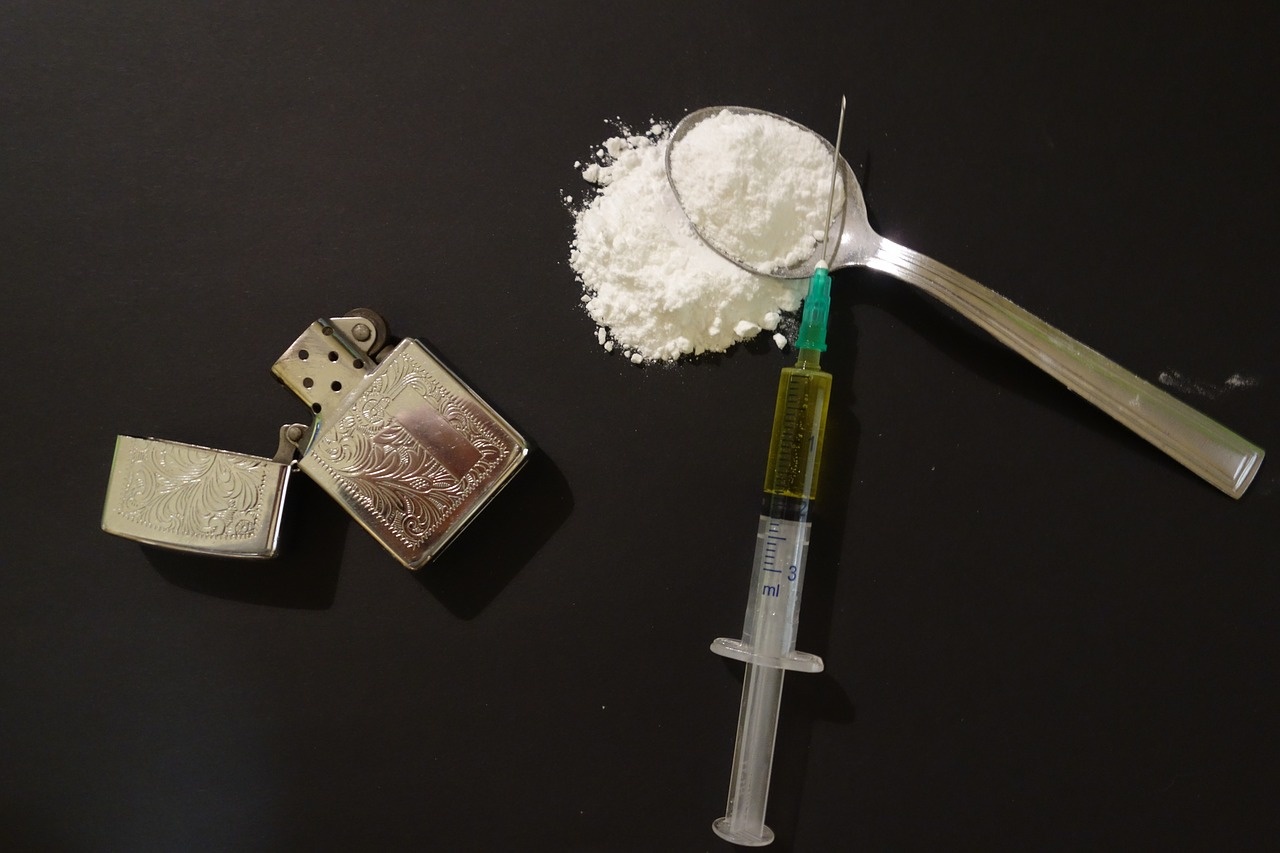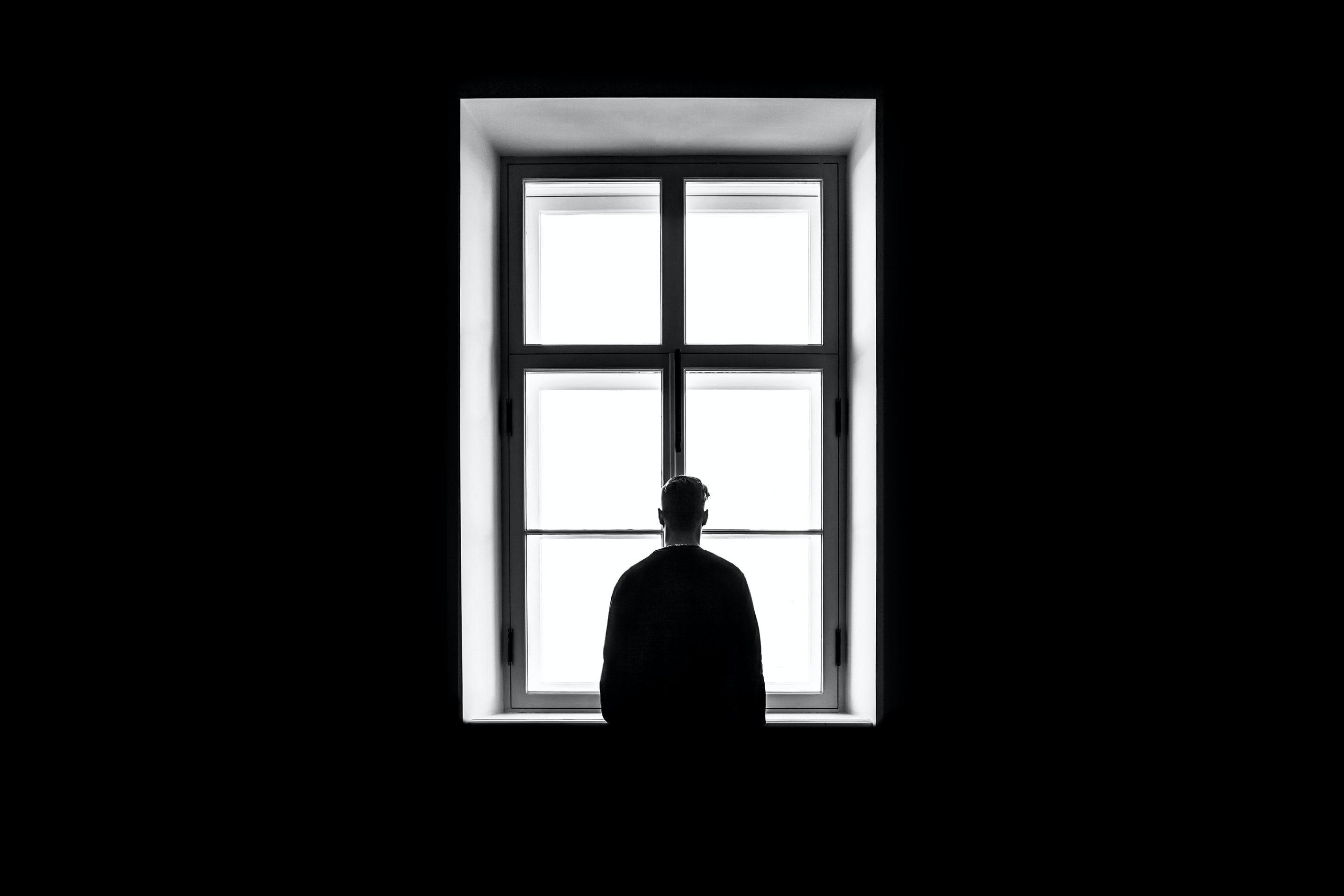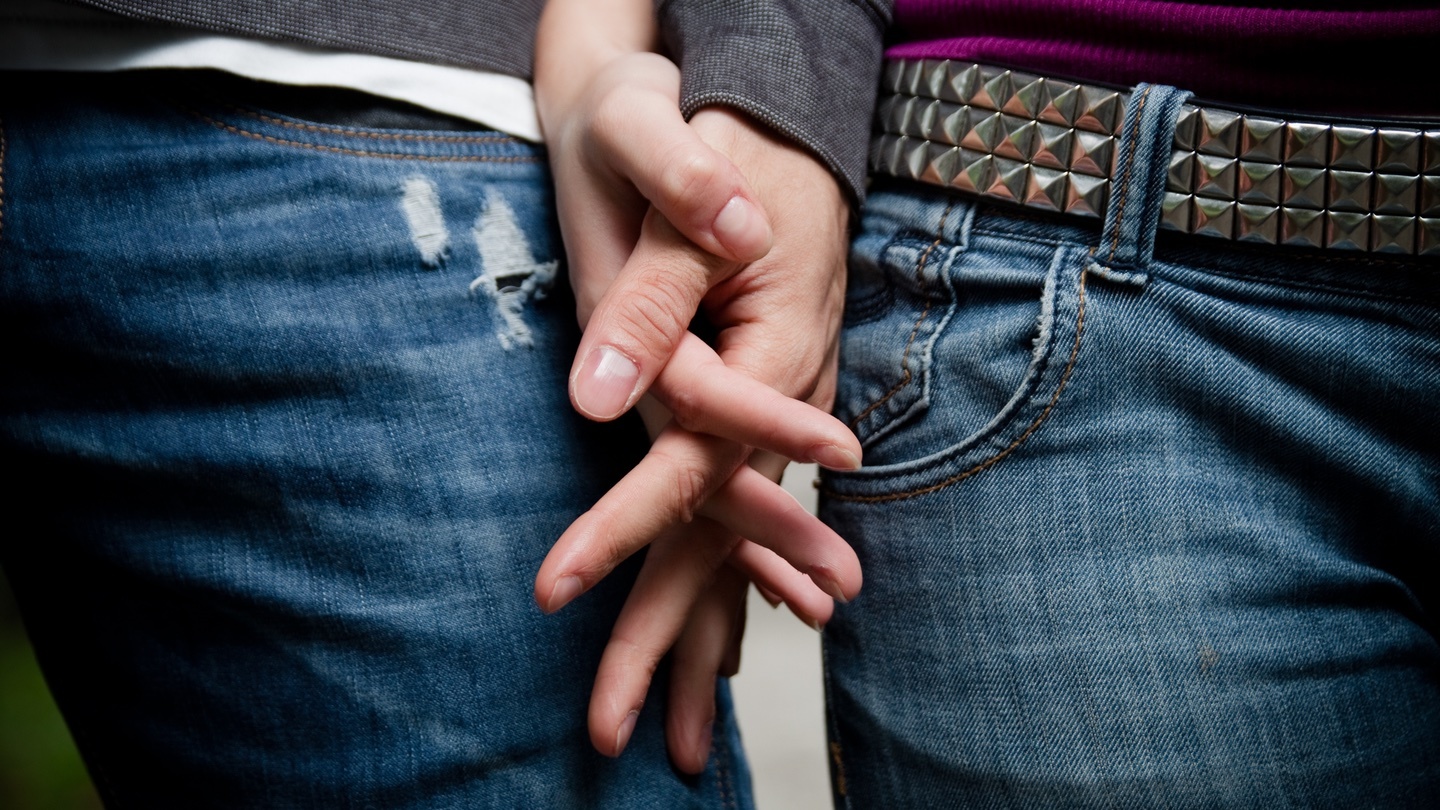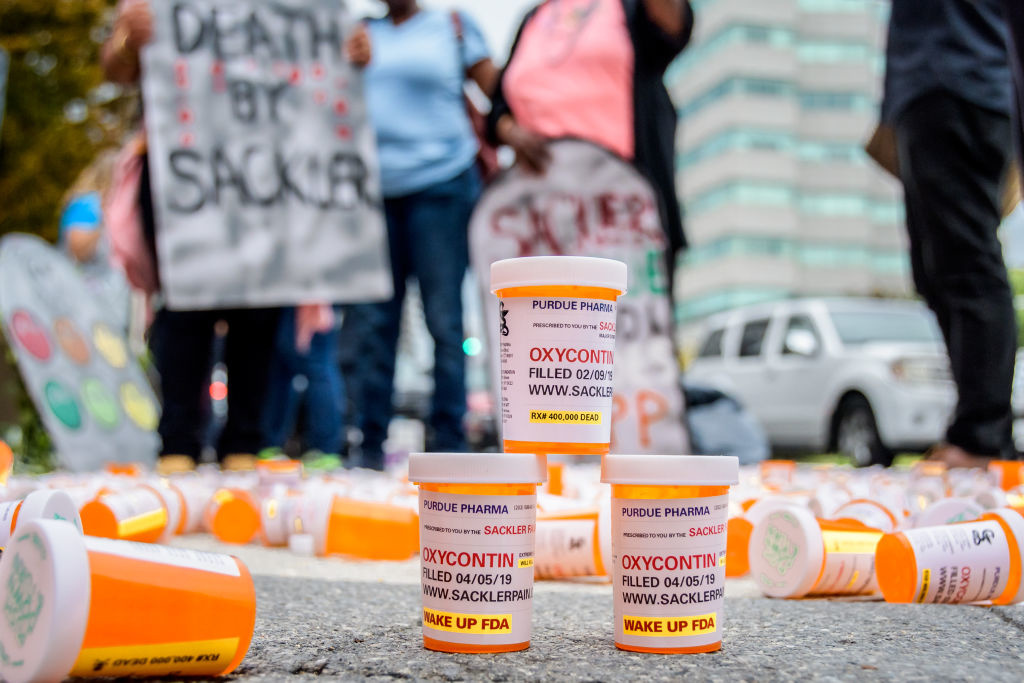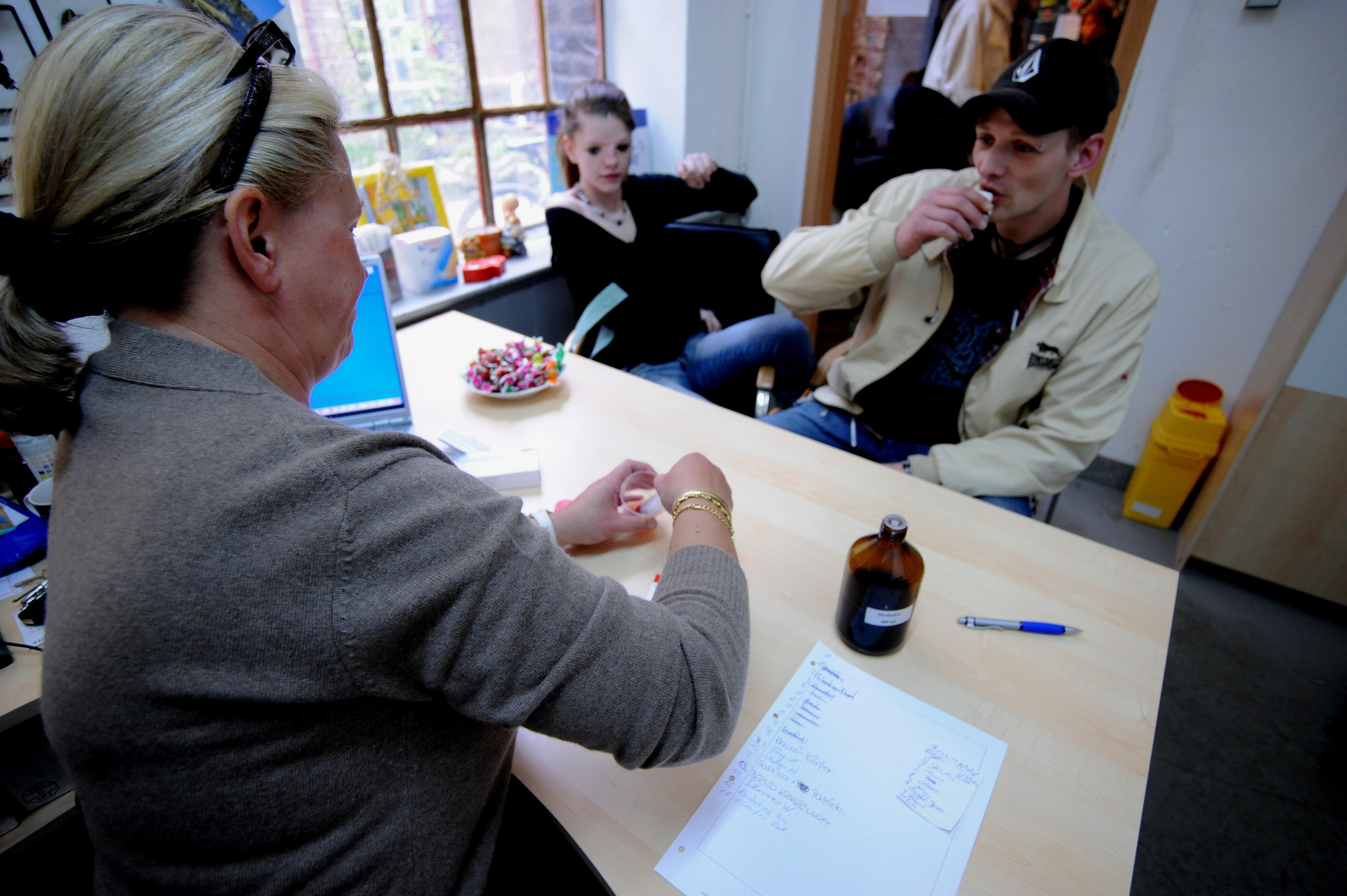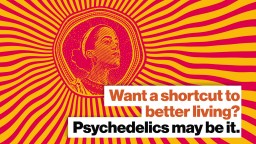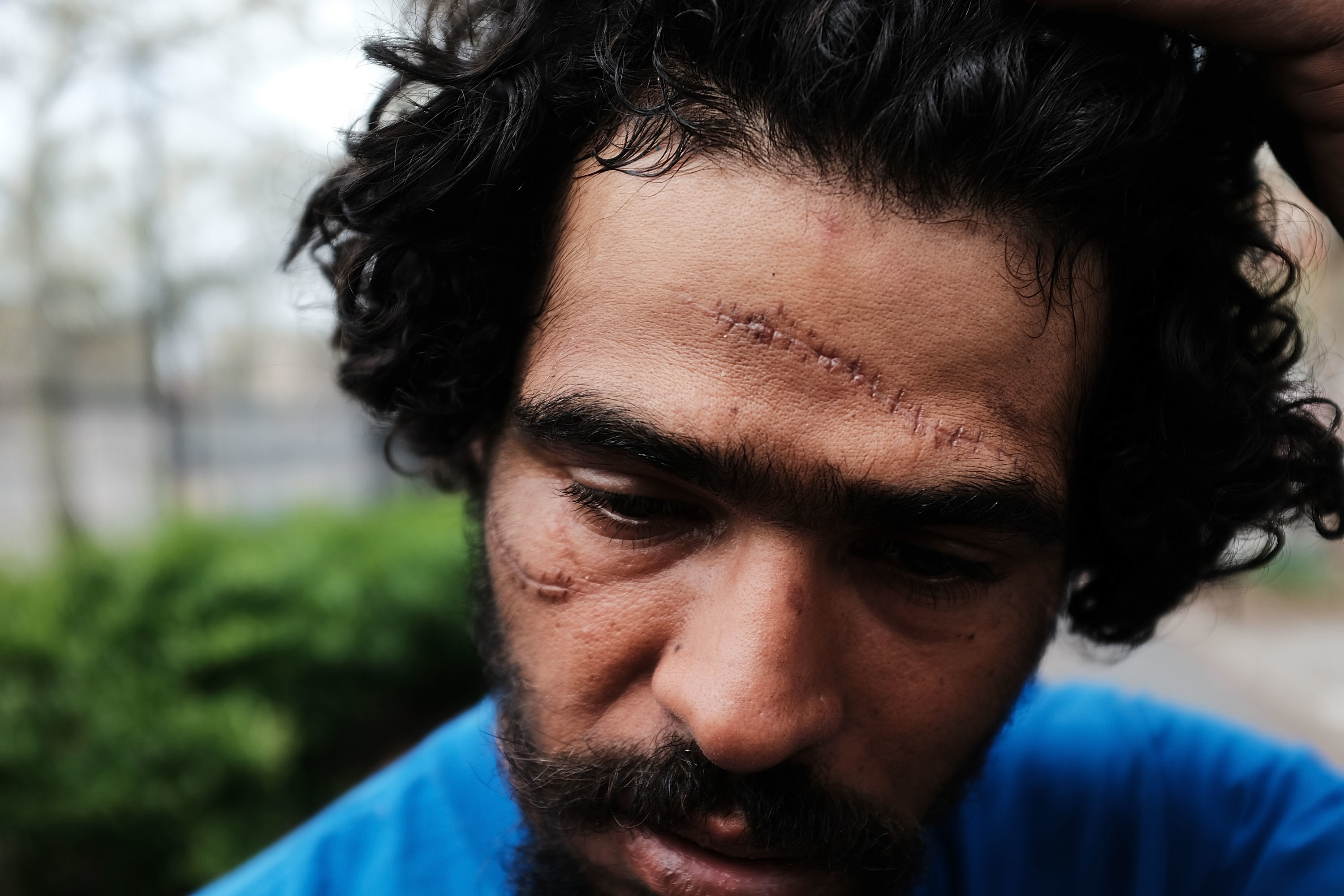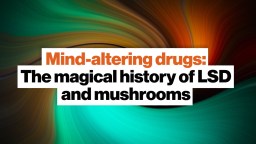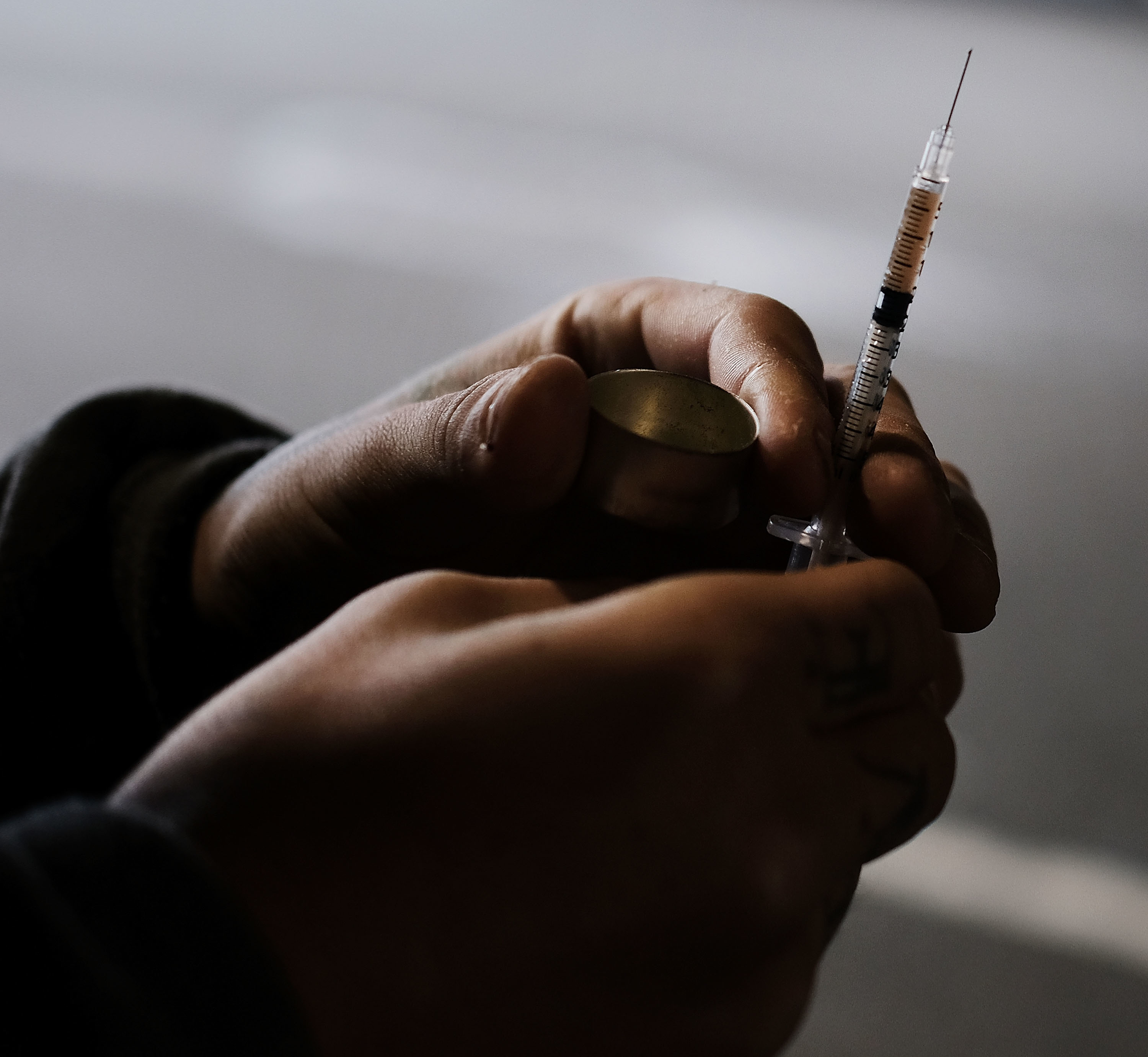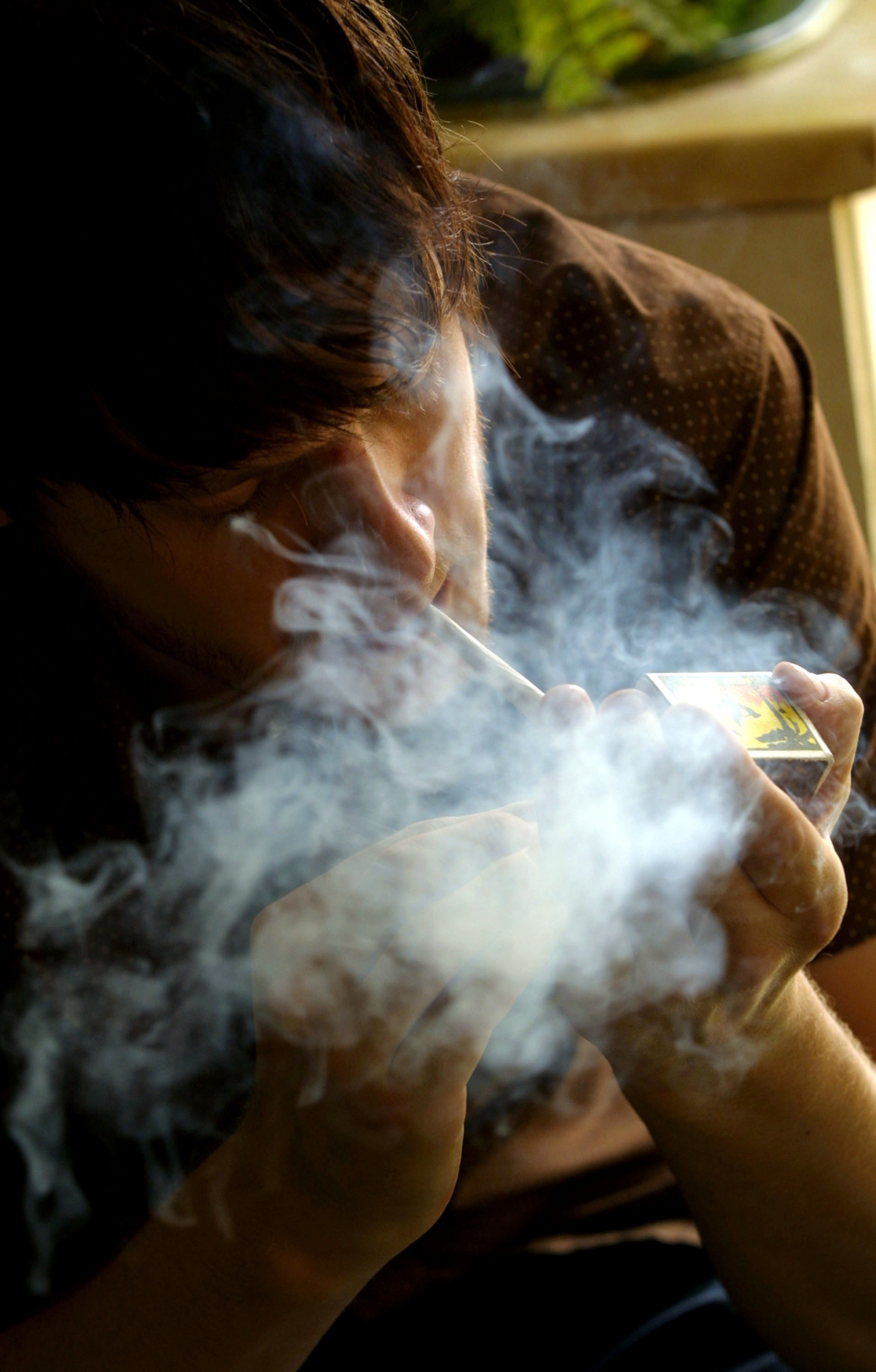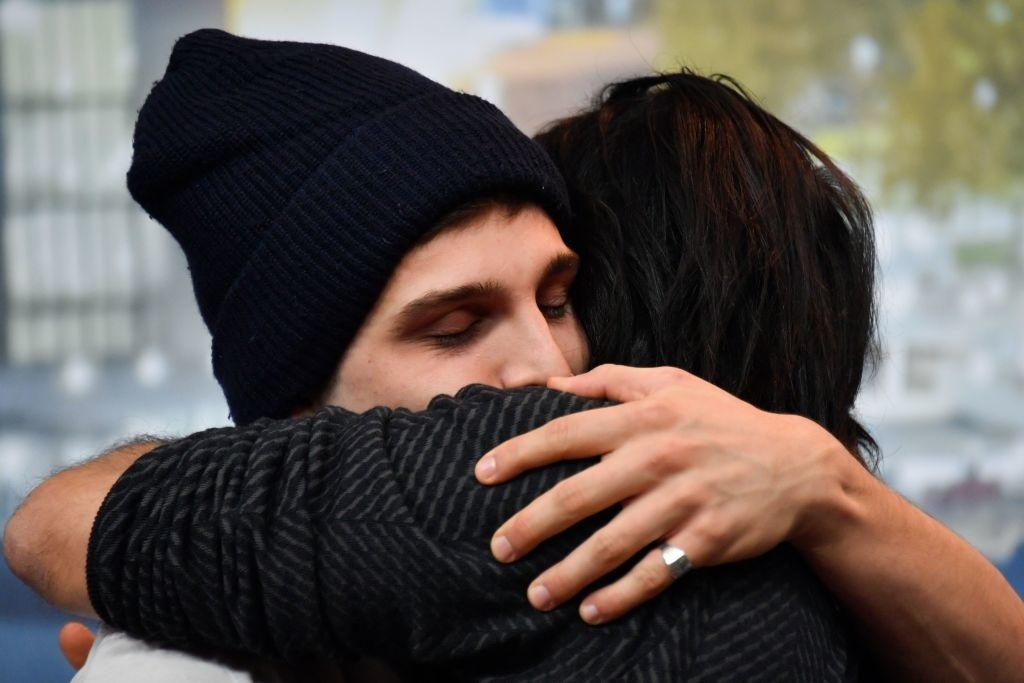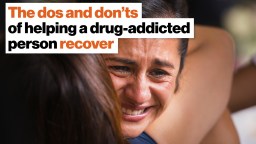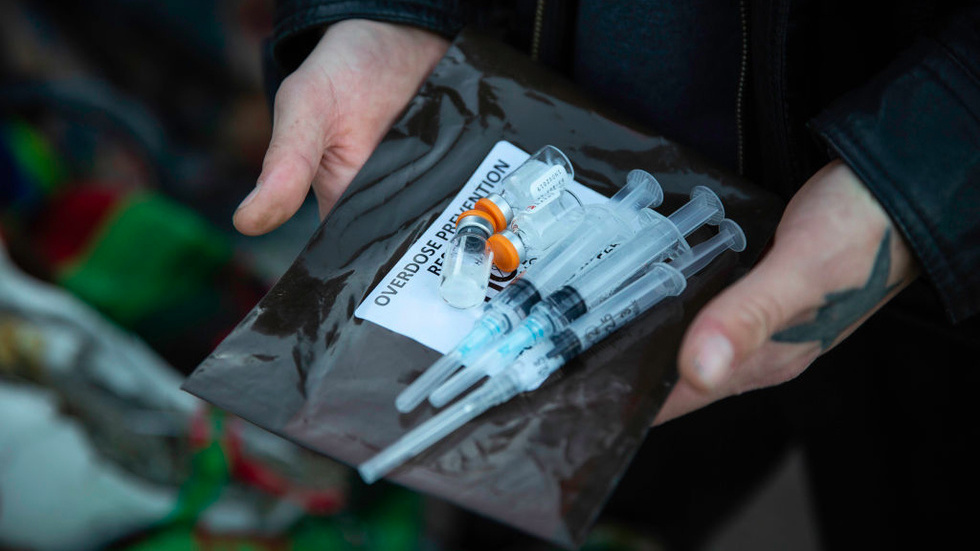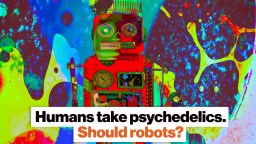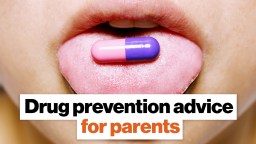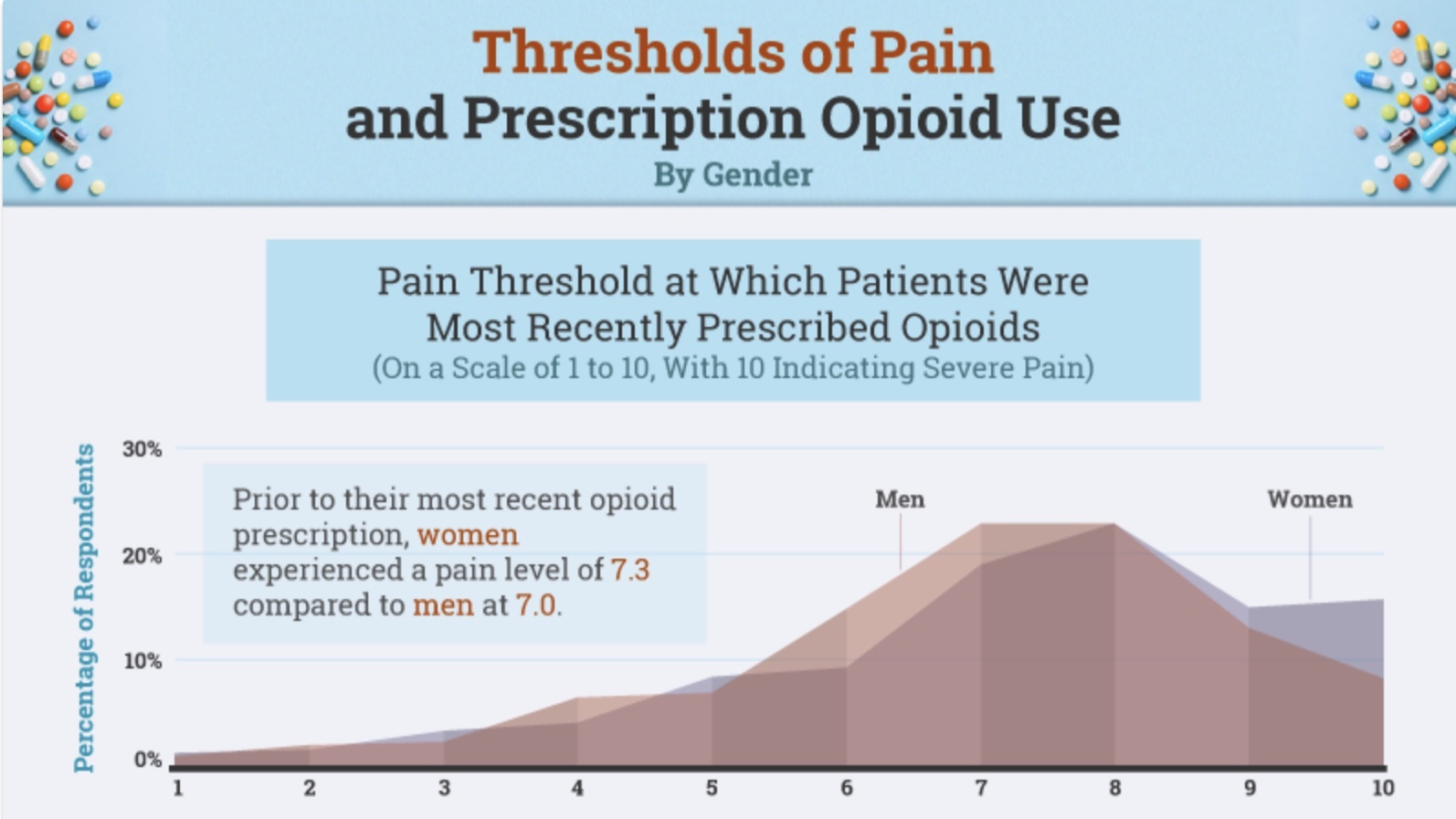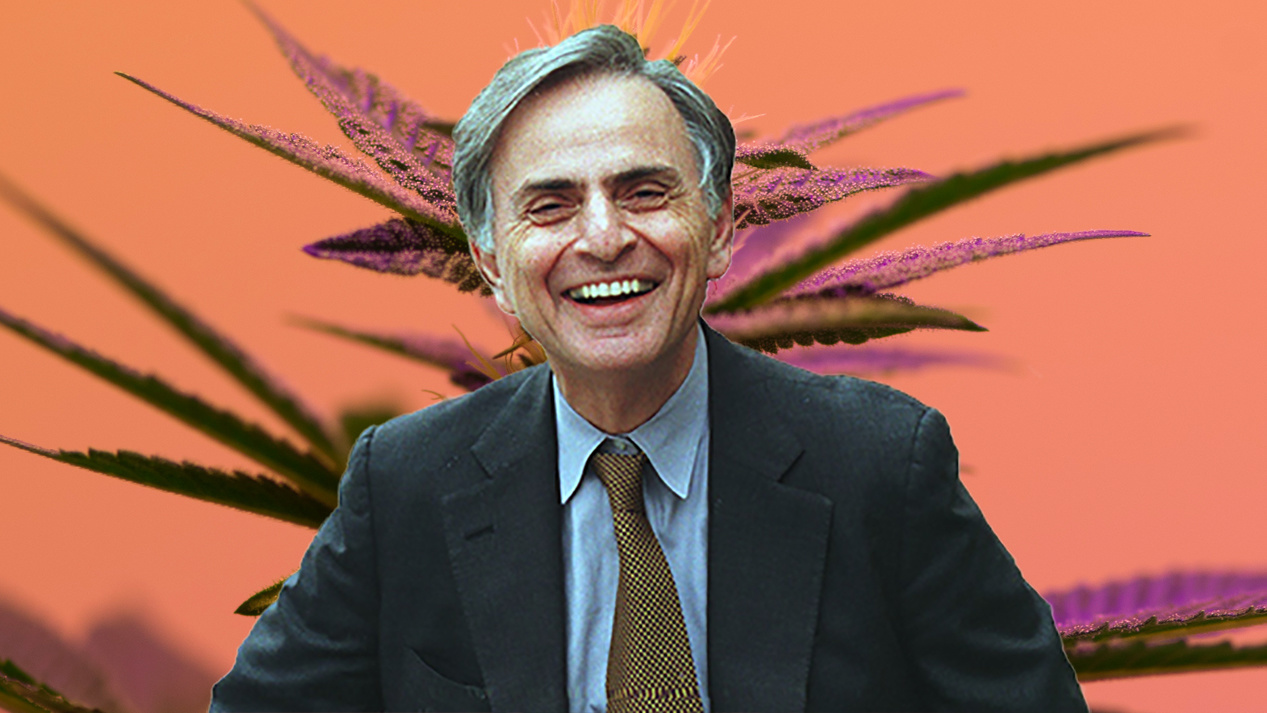narcotics
While most of these deaths are driven by external factors, interventions can still help prevent them.
‘Critical Tourist Map of Oslo’ offers uniquely dark perspective on Norway’s capital.
It’s “the biggest blow to the war on drugs to date,” said Kassandra Frederique, executive director of the Drug Policy Alliance.
We owe a lot to vaccines and the scientists that develop them. But we’ve only just touched the surface of what vaccines can do.
▸
17 min
—
with
Being aware of this issue is a big first step in helping vulnerable communities (such as those struggling with addiction) combat relapse during this pandemic.
Next up on the top 10 countdown, Big Think’s sixth most popular video illustrates the mental fireworks of a psychedelic experience.
▸
5 min
—
with
A harrowing new report by the CDC should serve as a wake-up call.
Dr. Joel Smithers was recently sentenced to decades in prison for the numerous illegal prescriptions he gave out.
Some critics say the move is designed to shield those who profited from the dangerous drug.
Can treating addiction as a disease work better than treating it as a vice?
Can nicotine keep Alzheimer’s at bay? Dave Asprey explains how natural drugs can create super humans.
▸
4 min
—
with
LSD may help us change our lives by spurring perspective shifts.
▸
5 min
—
with
The downsides of drug abuse are so clear that one would imagine smarter folks would stay away from them. The research suggests otherwise.
What are the plans, and are they enough?
Michael Pollan explains what goes on during the mental fireworks of a psychedelic experience.
▸
5 min
—
with
Why did government officials stop psychedelics from reaching mainstream culture?
▸
22 min
—
with
Normally, life expectancy increases every year. For Americans, the opioid epidemic is changing that.
A recent Colorado study of ER visits is alarming medical professionals.
Scientists are developing vaccines for migraines and sciatica (back pain) – a win in the war against the overprescription of opioid drugs.
▸
5 min
—
with
How you talk to people with drug addiction might save their life.
▸
9 min
—
with
It marks a first for the U.S., where some 49,000 people died from opioids in 2018.
Psychedelics are crude drugs. Could neuroscience and super-intelligent AI help us design something better?
▸
6 min
—
with
Let the countdown begin! History and science (and danger) come together in our 10th most popular video of 2018.
▸
10 min
—
with
A tech-minded approach to drug fraud could squash those who enable the deadly opioid crisis.
▸
5 min
—
with
How to talk to kids responsibly about drugs.
▸
5 min
—
with
About a third of doctors may not be doing enough.
Carl Sagan liked to smoke weed. His essay on why is fascinating.
Roaming horny hippos obtained illegally by Colombian drug lord Pablo Escobar? It’s a heck of a true story.
▸
with
